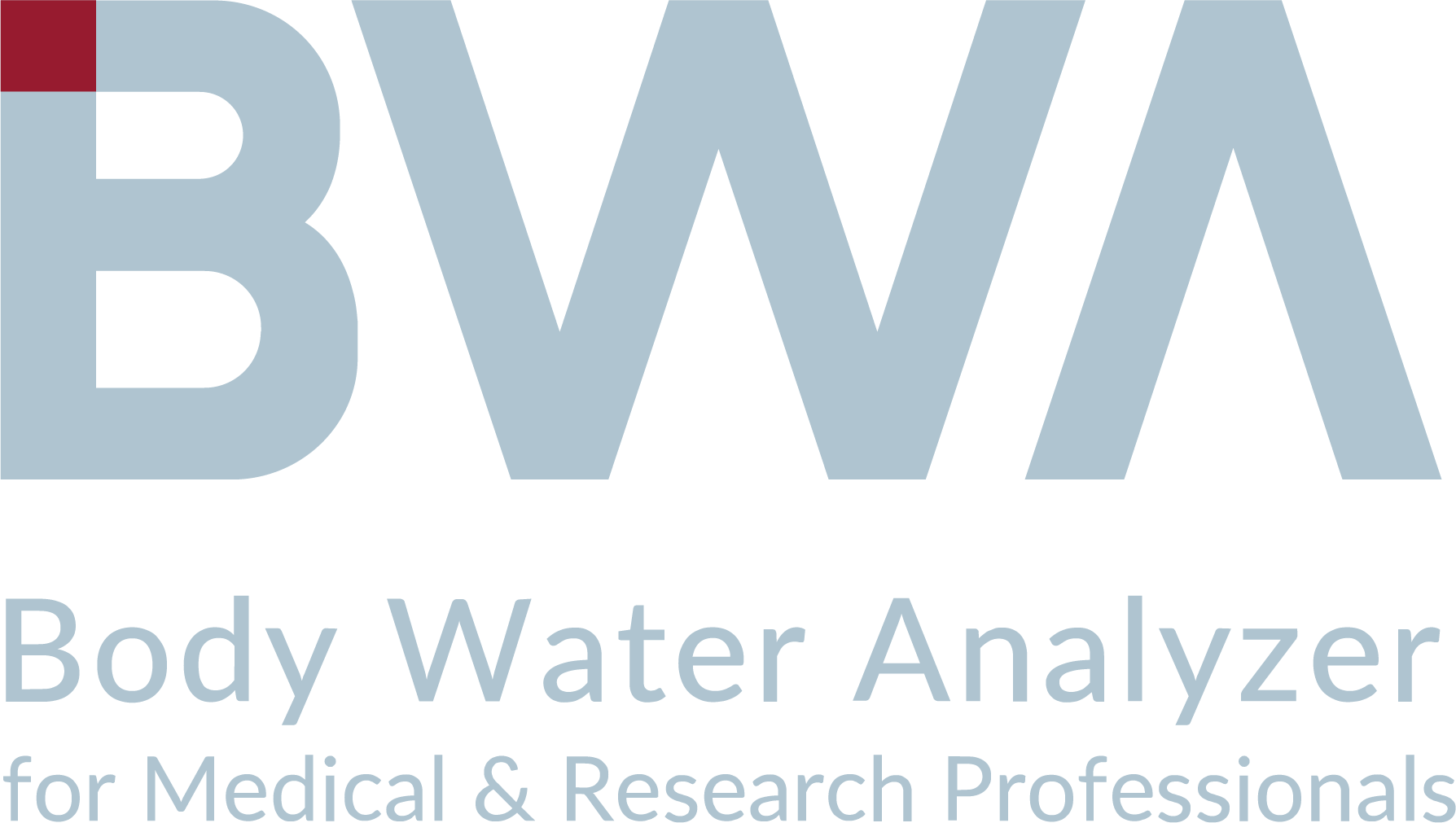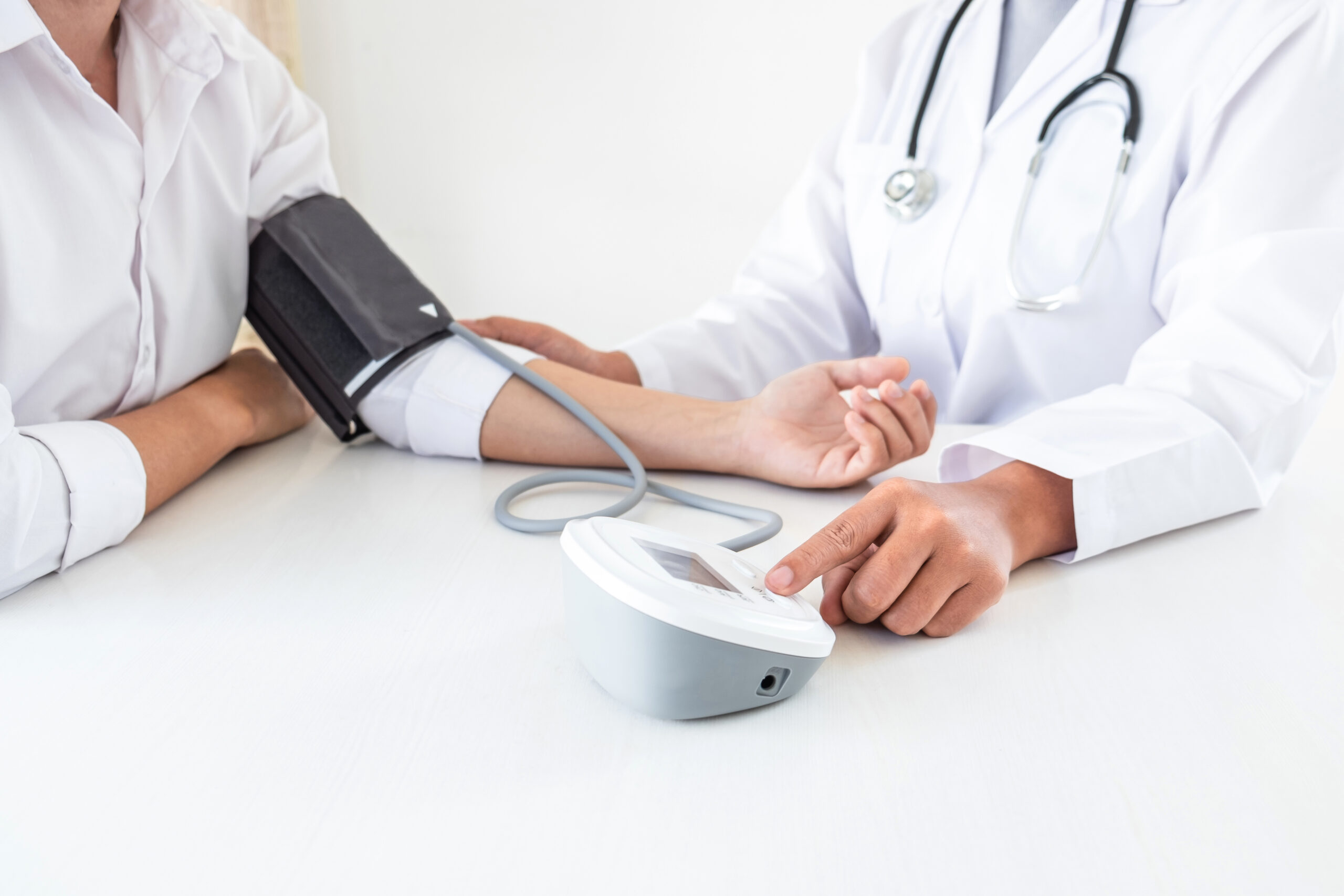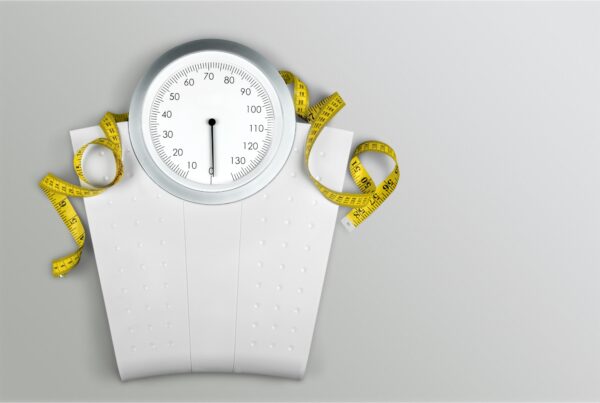“This article originally appeared on InBody USA and is reposted here with permission.”
Many lifestyle factors can cause high blood pressure, including stress, eating too much salt and trans fats, and a lack of physical activity. Being overweight has long been identified as a risk factor for high blood pressure, also known as hypertension, regardless of age group. When you carry excess body weight it can take more pressure to move the blood around the body, known as resistance to flow. In other words, your heart must work much harder than it would at a healthy body weight. Obesity is also associated with other conditions, such as sleep apnea and diabetes, that carry an increased risk of high blood pressure.
What many people may not know is that being “overfat” – having excess body fat even at a normal weight – is also shown to affect blood pressure. What do these associations mean for us? By taking control of your body composition, you can keep your blood pressure under control, improve your cardiovascular health, and enjoy many other long-term health benefits.
Understanding Blood Pressure Readings
As your heart beats, it pumps your blood throughout your body so that your muscles can get all the energy and oxygen they need. To do this, your heart pushes your blood through a network of blood vessels called arteries.
When the blood travels through the arteries, it pushes against the sides of these blood vessels and the strength of this pushing is called your blood pressure. Your heart squeezes and pushes your blood through your arteries, making your blood pressure go up. The pressure created in the blood vessels while the heart is active, or beating, is your systolic blood pressure. Systolic blood pressure will be the first number in your blood pressure reading. As your heart relaxes and begins to refill with blood, the pressure in your blood vessels goes down. This is known as your diastolic blood pressure, which is the second number provided in a blood pressure reading.
So, what this means is that with each heartbeat, your blood pressure rises to a maximum level (systolic pressure) and then falls to a minimum level (diastolic pressure). Together, these maximum and minimum pressure values define your blood pressure.
First, you should be aware of how high blood pressure is categorized (Note: Blood pressure is reported in millimeters of mercury, or mmHg):
- Normal: <120 mmHg systolic BP and <80 mmHg diastolic BP
- Elevated: 120-129 mmHg systolic BP and <80 mmHg diastolic BP
- Hypertension stage I: 130-139 mmHg systolic BP or 80-90 mmHg diastolic BP
- Hypertension stage II: > 140 mmHg systolic BP or >90 mmHg diastolic BP
- Hypertensive Crises: >180 mmHg systolic BP or >120 mm Hg diastolic
What this means is that having a blood pressure of 130/80 or higher on a regular basis is considered to be placing too much pressure on the blood vessels. Having consistently high blood pressure can eventually cause damage to the heart and blood vessels, leading to cardiovascular disease.
Why the Location of Your Body Fat Matters

People with fat around their abdominal area are at greater risk of developing hypertension when compared to those with a similar BMI who primarily have fat concentrations elsewhere on the body.
You have two types of adipose tissue (body fat): subcutaneous and visceral fat. Subcutaneous fat lies just under your skin around the belly, thighs, rear, and extremities. Visceral fat lies below your abdominal muscles and encircles your organs. Depending on your body type, you may be unaware that you have a high level of visceral fat if you only rely on BMI.
When the weight gain is in the abdominal area, there’s a greater risk for high blood pressure because this type of body fat is more likely to cause the arteries to become thick and stiff. When your blood vessels get stiff, it becomes harder to push the blood throughout your body. The body then has to create more pressure to move the blood, which may lead to a lasting increase in blood pressure.
Additionally, visceral fat is thought to interact more intimately with the kidneys and adrenal glands, which are responsible for regulating your blood pressure. By interfering with the function of those organs, visceral fat is a serious promoter of high blood pressure.
Am I at Risk for Hypertension?
There are several risk factors for hypertension, and it’s important to know what they are so you can monitor your health.
Some risk factors for high blood pressure are non-modifiable, meaning you can’t really do anything about them. Those include your family history; age; gender; race; and whether you have a history or presence of chronic kidney disease (CKD).
Modifiable risk factors are those you can take control of to reduce your risk for high blood pressure. Those include physical activity level; diet; weight; body fat percentage; alcohol use; smoking and tobacco use; sleep apnea; diabetes; high cholesterol; and stress.
How to Lower Your Blood Pressure By Focusing on Body Composition
 The good news is that when you lose weight (even a small amount), your blood pressure can go down and your blood vessels can loosen up, making it easier for your heart to pump blood throughout your body. Losing body fat, especially around the belly, can lower the risk of developing blood pressure and, potentially, completely eliminate high blood pressure. Losing weight all around helps tremendously, too.
The good news is that when you lose weight (even a small amount), your blood pressure can go down and your blood vessels can loosen up, making it easier for your heart to pump blood throughout your body. Losing body fat, especially around the belly, can lower the risk of developing blood pressure and, potentially, completely eliminate high blood pressure. Losing weight all around helps tremendously, too.
Lowering your blood pressure will take a number of new healthy habits. Some changes you can make that may help manage high blood pressure include:
- Eat a well-balanced diet that’s low in salt
- Limit alcohol
- Enjoy regular physical activity
- Manage stress
- Maintain a healthy body composition
- Quit smoking
- If you’re on medication, take your medications properly
- Keep track of your body composition
- Test your blood pressure
Successful, long-term weight loss is the key to sustained cardiovascular health. You should get your body composition tested regularly to make sure you’re losing fat mass (and not muscle) – especially the deep, visceral fat that contributes heavily to hypertension.
Exercising with High Blood Pressure
Physical activity is critical for managing hypertension – and body composition – but it must be done wisely. Some types of exercise, such as very heavy lifting and isometric exercises, increase blood pressure temporarily but still may be able to reduce resting blood pressure, so consult your doctor to plan your approach before beginning a new activity routine.
The American Heart Association recommends that people with high blood pressure carry out an average of 150 minutes (two and a half hours) of moderate- to vigorous-intensity workouts every week. Moderate describes activities like brisk walking and cycling, while vigorous includes running, interval training and other activities that demand more energy to complete.
Light-to-moderate weight training can also help you manage hypertension. One study found that just twelve weeks of consistent resistance exercise can reduce systolic blood pressure by 22 mmHg and diastolic blood pressure by 8 mmHg.
If you have high blood pressure, start strength training with weights you can lift 10-15 times without breaking your form. Make sure to breathe consistently during weight training, because holding your breath for too long can increase your blood pressure.
Your body’s blood vessels dilate during exercise in order to supply your working muscles with more oxygen and nutrients. After exercise, blood vessels tend to remain slightly dilated and relaxed, which makes it easier for your heart to pump blood throughout your body.
The best way to improve your body composition, and thus your blood pressure level, is to mix resistance training with aerobic activity. By building muscle, your body will start to burn more calories at rest than it did before. This will help reduce fat all throughout your body, including the visceral fat around the organs. Aerobic exercise like walking, running and swimming increases the heart’s efficiency, vein elasticity, and overall cardiovascular fitness. But, like when starting any new exercise routine, start slow and see what feels most comfortable, and safe, for you.
Eating to Improve Blood Pressure
In addition to a consistent exercise plan, improving your diet is a surefire way to decrease fat mass and lower blood pressure. A healthy diet that promotes low blood pressure readings includes ample portions of fruits and vegetables; low-fat dairy products; skinless poultry and fish; some whole grains; and healthy fats like nuts, legumes, and oils made with mostly unsaturated fats (like olive or grapeseed oil).
By making sure you consume enough of those foods, you naturally crowd out most of the foods and ingredients that contribute to high blood pressure: sodium, trans and saturated fats, red meats, and added sugar.
Meal planning and prepping are the two best methods to stick to a healthy eating regimen. Almost everyone who is successful in changing their body composition and improving health follows some sort of plan. This guide to changing – and maintaining – your body composition will help you get started.
Summing It Up
 Not all belly fat is created equal. The deep fat mass surrounding our organs is far more dangerous than the fat lying just beneath the skin and may increase risk for high blood pressure, among other health conditions. And the more belly fat you have, the more likely you are to have visceral fat around your organs.
Not all belly fat is created equal. The deep fat mass surrounding our organs is far more dangerous than the fat lying just beneath the skin and may increase risk for high blood pressure, among other health conditions. And the more belly fat you have, the more likely you are to have visceral fat around your organs.
It’s not just whether you’re overweight but how you carry that extra weight that impacts your risk for high blood pressure. The good news is that all types of belly fat, including visceral fat, disappear with weight loss. Through healthy lifestyle choices like maintaining a healthy diet and getting active, belly fat can be reduced, improving cardiovascular health and body composition.
By focusing on improving your body composition (and monitoring your progress closely), you’ll shed body fat and improve your blood pressure, among other health benefits of losing fat.
**
Amanda Capritto is a certified personal trainer and health coach who writes about nutrition, fitness, and healthcare. A journalism alumna of Louisiana State University, Amanda spends her free time adventuring outdoors, hitting the gym, and encouraging people to live balanced, healthy lifestyles.




